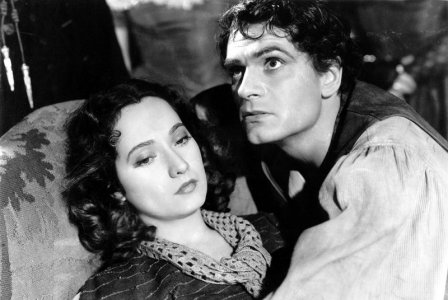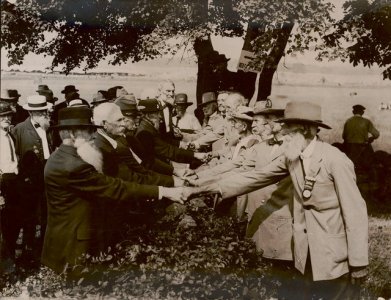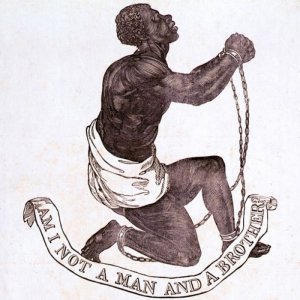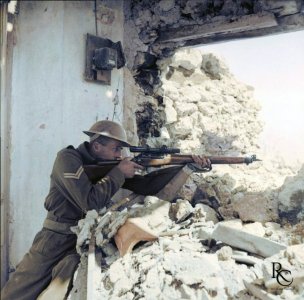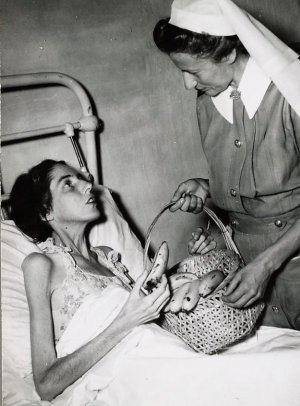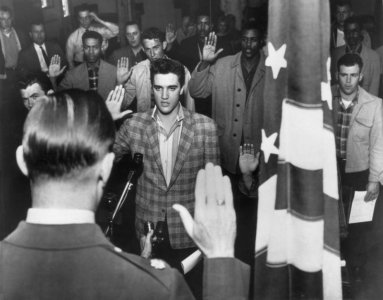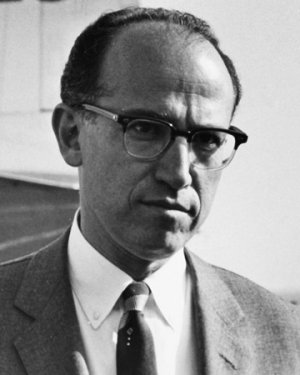A very poignant photograph of a former prisoner of war, Australian Army Nursing Service (AANS) nurse Sister Kathleen Blake, recovering in hospital, 1945.
It took months for the former internees to regain their health after three and a half years of captivity by the Japanese in WW2.
Kathleen’s last rank was Captain. She was a survivor of the ill-fated SS Vyner Brooke, sunk by the Japanese on the 14th of February 1942. Of the 65 servicewomen who embarked on the Vyner Brooke, only 24 returned to Australia. Of the 32 taken prisoner of war, 8 died in captivity.
Kathleen passed away, aged 85 years, on 7th April 1998 at Sydney, NSW. and is buried in the New South Wales Garden of Remembrance.
Around 5,000 Australian nurses served in a variety of locations, including the Middle East, the Mediterranean, Britain, Asia, the Pacific, and Australia.
78 died, some through accident or illness, but most as a result of enemy action or while prisoners of war.
Lest We Forget.
Photograph came from the State Library of Victoria (SLV) an005114.
View attachment 156594
